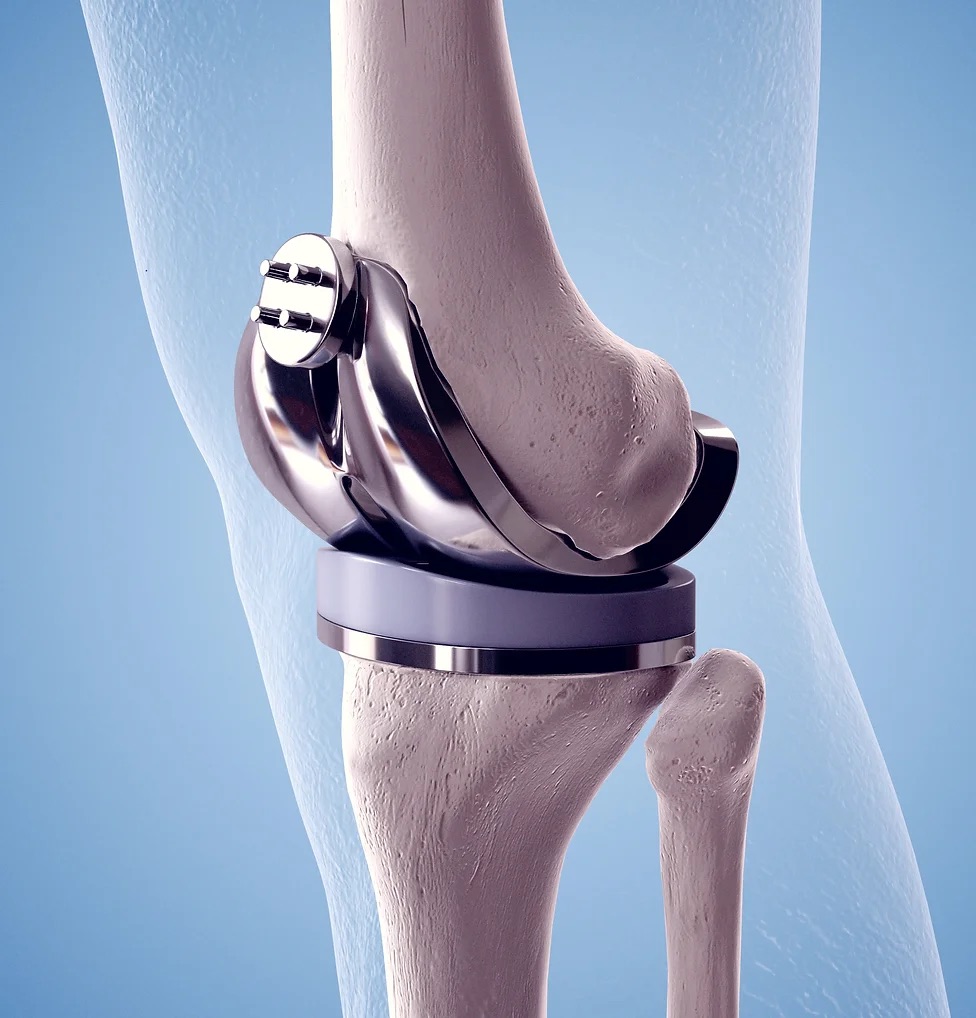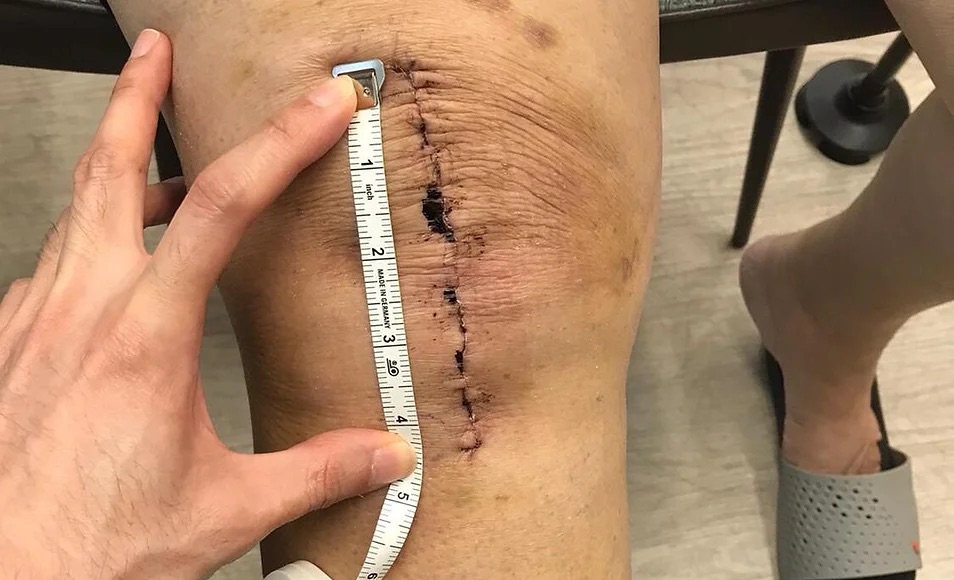
Minimally Invasive Knee Replacement

Minimally Invasive Knee Replacement
Minimally Invasive Knee Replacements use smaller cuts on the skin to do the surgery. Importantly, this technique also preserves the quadriceps muscles so patients have less pain and faster recovery.
Traditional Knee Replacements are done by cutting the quadriceps muscles to get into the knee, and then repairing the muscle at the end of the surgery.

Minimally Invasive versus Traditional
The image on the left shows a Minimally-Invasive Surgery Total Knee Replacement (MIS TKR). Typically, the cut is about 4.5 to 5 inches with the knee in the 90 degrees position. The image on the right shows a traditional TKR, with a typical cut about 6 to 7 inches.
Perhaps more important than the skin cut, is that internally, the quadriceps muscle is preserved. This means that the muscle is not cut in order to allow access into the knee. Thus, MIS TKR is a more demanding surgery and surgeons use a variety of techniques to maximise access while preserving the quadriceps muscle. Preserving the quadriceps muscle reduces post-operative pain markedly and allows much faster recovery of the knee.

Image of a MIS TKR wound 3 weeks after surgery
At our centre, all Knee Replacements are routinely performed using Minimally-Invasive techniques.
MIS techniques are also combined with Robotic or Computer-assisted technology to ensure very accurate positioning of the implants, while minimising soft tissue pushing and pulling during the surgery.
Centurion Orthopaedic Centre
38 Irrawaddy Road
Mt Elizabeth Novena Hospital Specialist Centre #07-40
Singapore 329563









